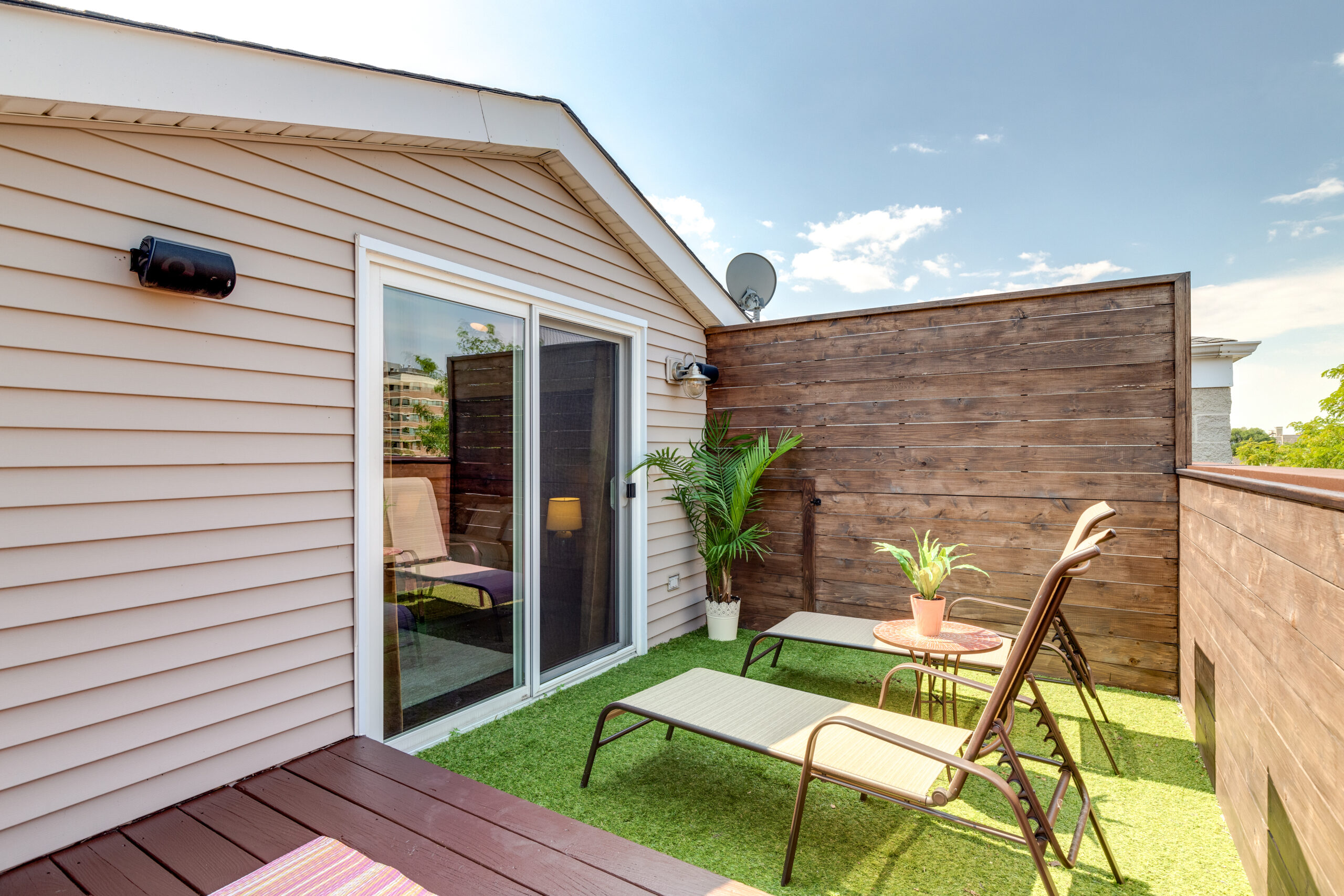
Truth is, a lot of us don’t live where a natural grass yard is possible. Synthetic turf is perfect for apartments, condos, or for filling other small patches.
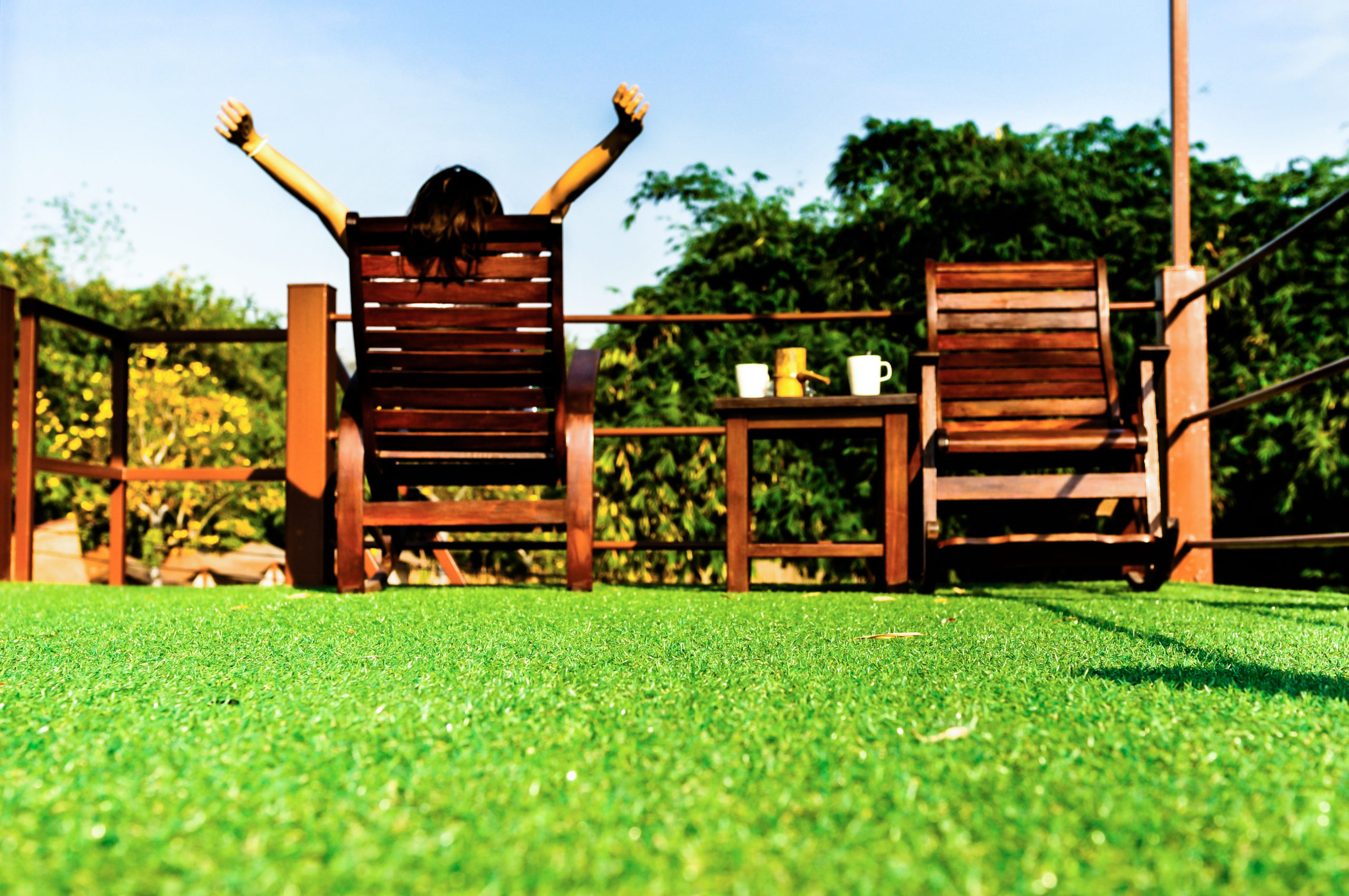
Enjoy the look of a lush, green yard all year long without mowing. Less work, more weekend.
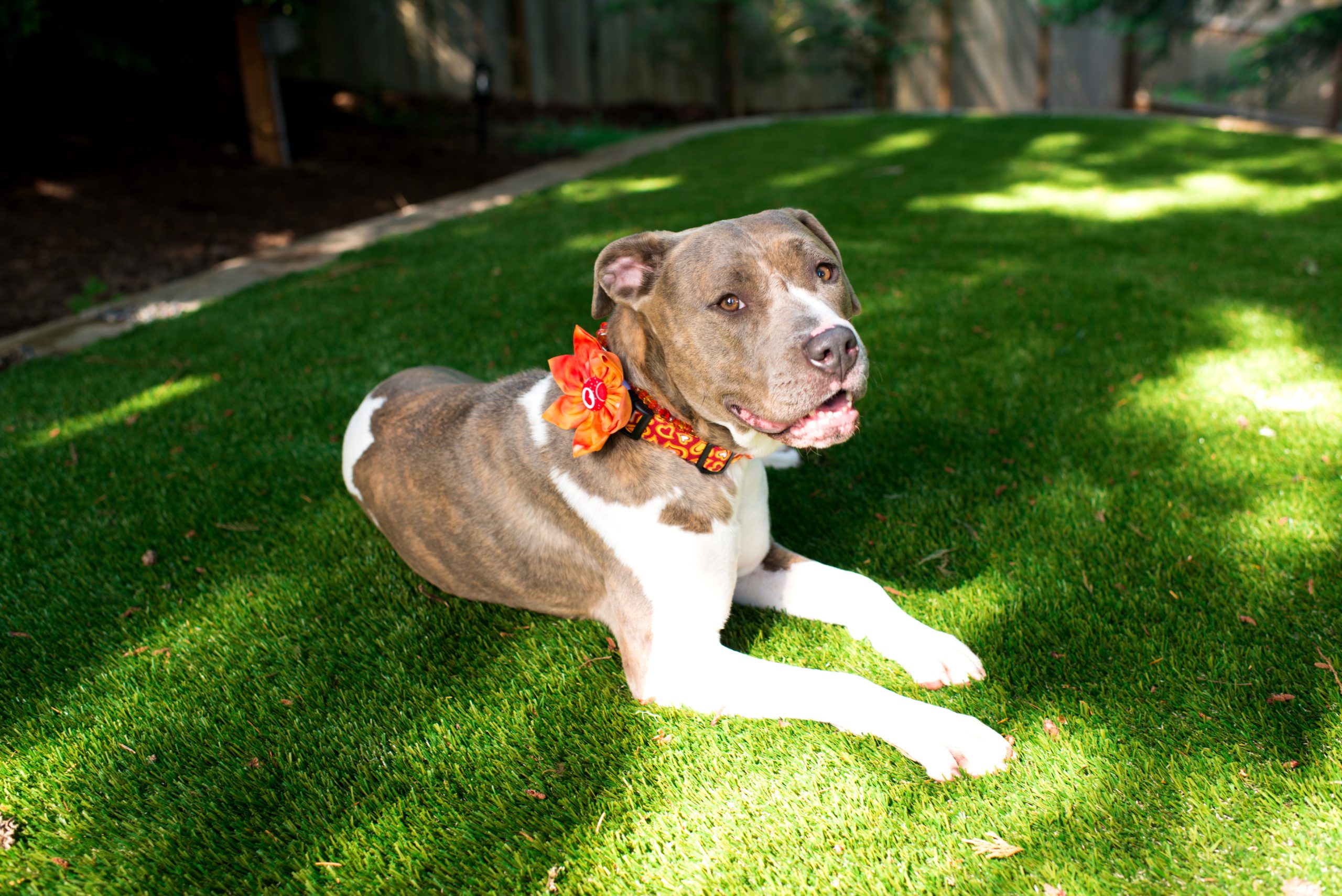
Synthetic turf is a smart solution for a pet-friendly home. Pups can do their thing on synthetic turf without leaving spots and without bringing mud and water into the home.
Whether you want the taller look of a lush lawn or want to set up a putting green in the yard, we’ve got it! We even have specially designed synthetic turfs that match our proprietary sod blends. There’s six different blends to choose from, but here are three of our bestsellers:
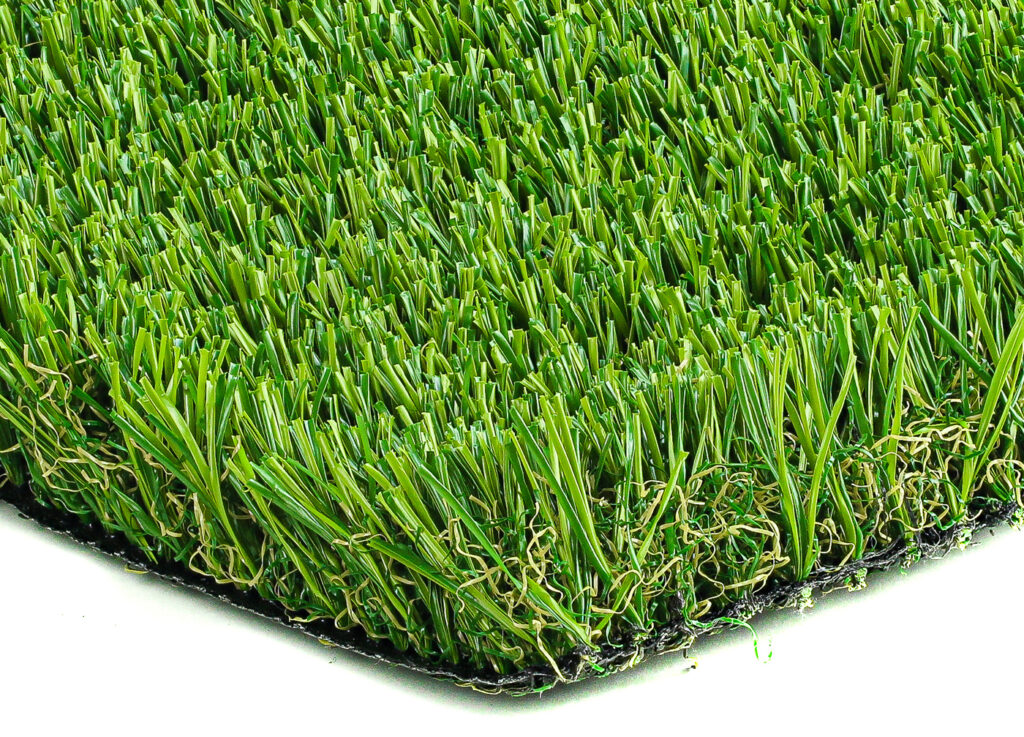
Experience a lush, maintenance-free landscape that stays green and beautiful all year round. This synthetic turf best matches our proprietary natural turf blends to bring aesthetics, durability, and convenience to any yard.
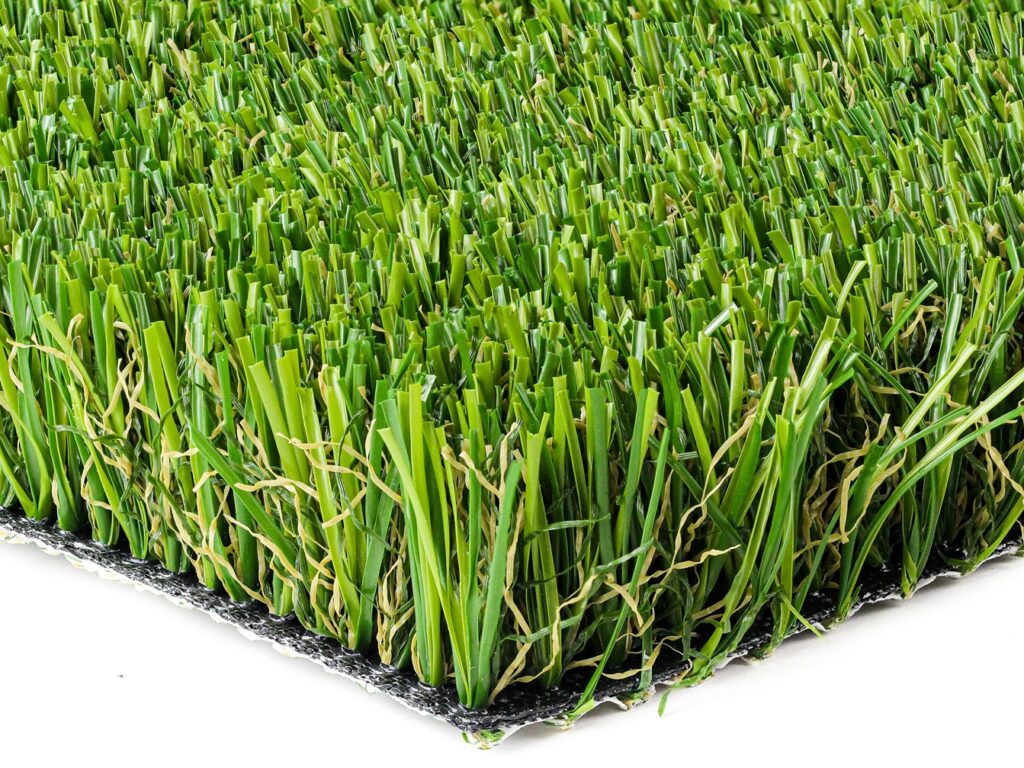
Forget spotty, damaged lawns and dusty dirt patches. Pet Turf turns any backyard into vibrant green playground for your pets to explore and do their thing. Hose it down before to keep it cool, and after to keep it clean!
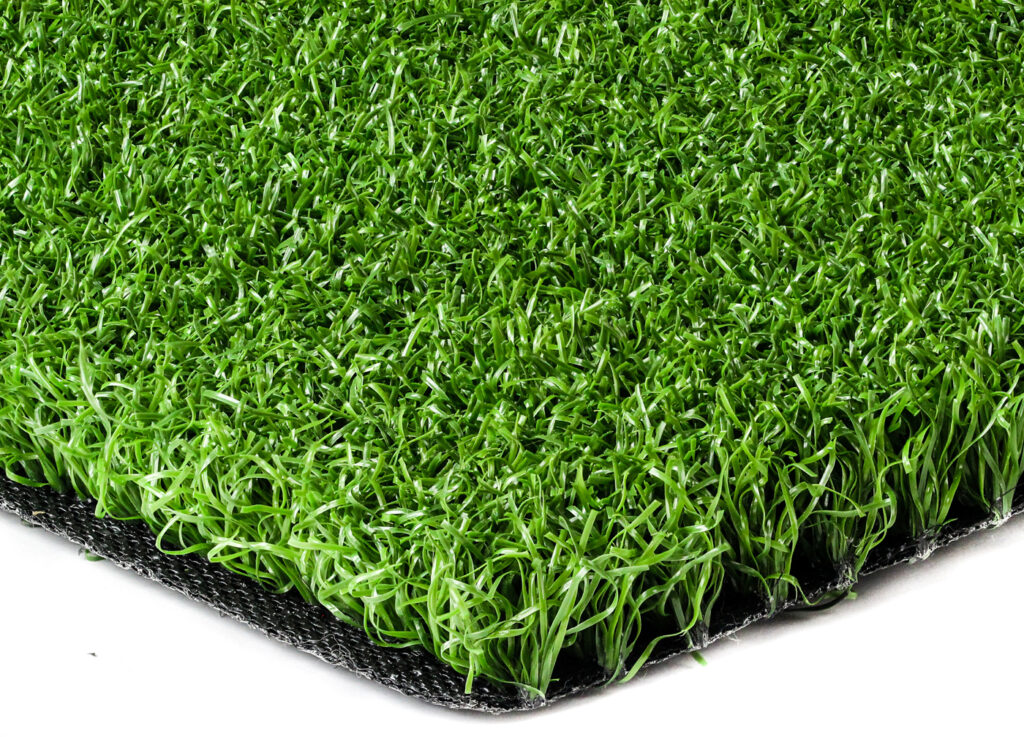
Endorsed by the two-time Masters champion Bernhard Langer, our professional greens series creates the perfect place to hone your short game without leaving home.
Please fill out this interactive form and email back to info@westernturf.com
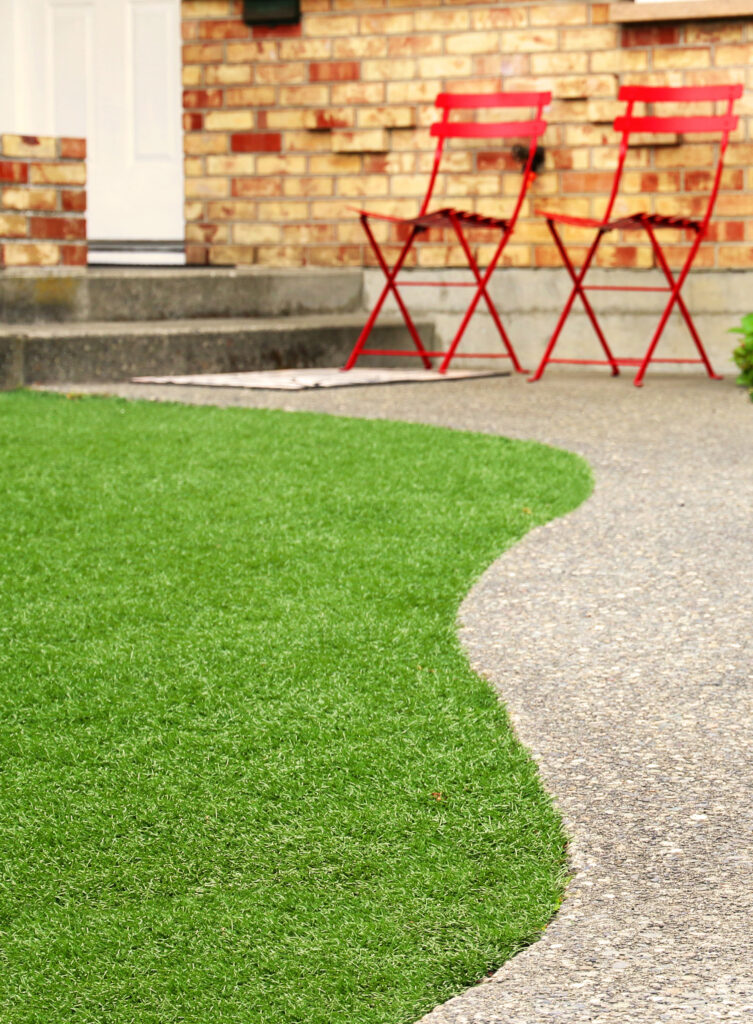
Don’t need a lot of artificial turf? Stop by Our Depot and browse our artificial turf remnants. These precut mats are ready to go out the door in a variety of assorted sizes and lengths. Sold at discounted prices, these high-quality sections look and feel like real grass.
Hurry! Artificial Turf Remnants are usually low in stock and only available while supplies last. Stop by our Depot on Tacchino St. and take a gander at the options we have on sale.
Synthetic turf, unlike natural grass, tends to adsorb heat, making it noticeably warmer underfoot when exposed to direct sunlight. Temperatures on synthetic turf can reach 20º to 50º F higher than the surrounding air, meaning, on a 98º day, the temperature on the turf could rise to more than 120º.
Synthetic turf does offer some benefits for children who play in the yard, including durability and reducing the amount of allergens in the environment.
However, synthetic turf can be harsh on a child’s skin, especially on warmer days. This makes it less than ideal for crawling children. Additionally, because turf is applied on top of solid surfaces like compact sand or concrete, it can be less forgiving.
Synthetic turf is a smart solution for a pet-friendly home. Pets can relieve themselves on synthetic turf without leaving spots or bringing mud and water into the house. However, keep in mind that while natural grass (sod) allows pet urine to absorb into the soil, synthetic turf does not, which can lead to unpleasant odors in your yard even with regular cleanup. We recommend installing a turf deodorizer at the base during installation to help neutralize odors in the future.
Yes, synthetic turf can develop unpleasant odors over time due to high temperatures, which promote bacterial and lower-quality materials that trap moisture. Customers should rinse their yard after use from dogs and their children. If you are switching from natural to synthetic, we recommend keeping your irrigation intact for this exact reason. For persistent smells and deep cleans, there are synthetic turf cleaners available on the market.
The cost breakdown varies for everyone. Generally speaking, synthetic turf is more expensive than natural turf to purchase and install, while natural turf costs more to maintain over time than artificial turf.
Initially, synthetic turf estimates depend on area and square footage, as well as maintenance. When making a purchase, consider the number of ounces, color, blade type, and intended use. Note that our synthetic turf is sold in 5-foot increments, so you may need to buy more than required.
Maintenance costs for synthetic turf are relatively low compared to its natural counterpart. Costs associated with maintenance include infill replacement, cleaners and deodorizers, water for rinsing, and a few tools like rakes, brushes, and leaf blowers.
Synthetic turf needs to be replaced every 15-20 years, maybe less depending on heat to that area. But, with proper maintenance, you can maximize the appearance and longevity of that product.
Both synthetic and sod are good at different things, which makes it hard to say for sure which is more cost efficient in the long run. In the long run, sod requires more maintenance and water to keep its aesthetics, but its cooling effect eases your A/C bill and it’s cheaper to repair and replace. Synthetic turf requires far less maintenance and water, but it’s less environmentally friendly and costs more to purchase, install, and repair. Ultimately, the cost efficiency of sod versus synthetic turf depends on individual circumstances, including climate, usage, and personal preference for natural versus artificial surfaces.
Synthetic turf uses much less water than natural turf and will help cut your water bill drastically. The Synthetic Turf Council estimates that a turf lawn of 1,800 square feet can save 99,000 gallons of water per year, or about 70% of a homeowner’s water bill.
However, it’s important to note that synthetic turf is not water-free, as you’ll need to frequently rinse and clean your synthetic turf lawn to prevent bacteria and odor buildup.
Synthetic turf is a low-maintenance, high durability option for areas that you want to look lush and green year-round. It’s a great choice for those with front yards, who want to maintain consistent curb appeal while cutting yard work time significantly. It makes a great choice for side yards, where you can install dedicated game areas, putting greens, or just a soft surface that keeps out weeds. For those with dogs and young children, it can be a perfect fit for your main backyard and play area, so long as you maintain the turf with regular rinsing and cleaning.
Synthetic turf’s accompanying products depend on whether the install will be professional or DIY.
If you plan to have a landscape contractor do your install, then your items will be purely maintenance-related. Expect to pick up a floor-length brush, rake, synthetic turf cleaner, synthetic turf deodorizer, leaf blower, and have a hose or a sprinkler system ready at the house.
If you’re doing a DIY install, you’ll need to have some synthetic turf-specific items on hand. These include turf nails, turf glue, seam tape, infill, and synthetic turf edging.
If you’re doing a DIY replacement of a natural lawn, you’ll need many of the same items you’d need for a natural turf install, like sod knives, shovels, levelers, and a wheelbarrow.
No, both have their own challenges. Synthetic turf is more demanding due to the precise leveling and base work needed for optimal installation. The ground must be excavated to a certain depth, and a base of crushed stone or gravel must be laid and compacted to ensure proper drainage and stability. This also involves ensuring the surface is perfectly level and smooth to prevent any issues with the turf laying unevenly or developing wrinkles.
Installing turf on your own can result in issues like improper drainage, uneven surfaces, and premature wear and tear. While DIY installation might seem cost-effective initially, professional installation ensures the turf is laid correctly, maximizing its lifespan and performance. Consider your experience with similar projects and the importance of a flawless finish before deciding to install synthetic turf on your own.